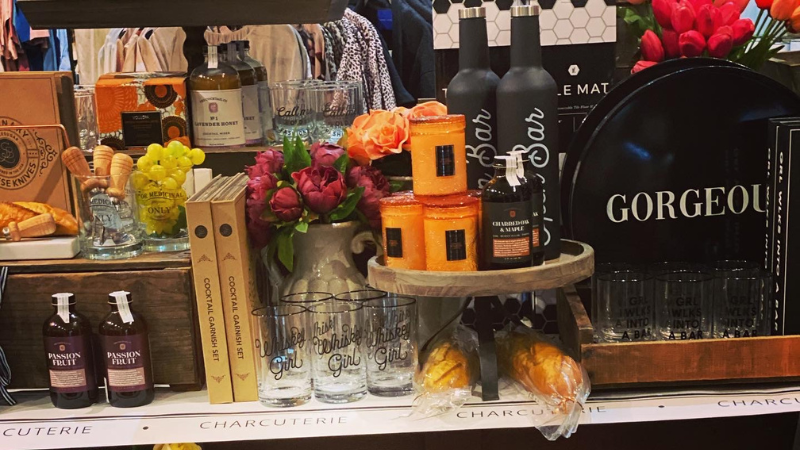
How to create store displays that captivate customers
Ready to Dive Deeper Into Merchandising?
Michelle Sherrier will be kicking off The Garden Center Show in Rosemont, Illinois, on Aug. 6 with her keynote: “Merchandising Is Storytelling: Crafting Effective Displays for Enhanced Sales.” Then, join Michelle later in the day for an interactive session where she’ll take you through building a display from the ground up that will include architectural elements and cross-merchandising moments.
Find out more and register for FREE at gardencentershow.com.
Creating a store environment that captivates customers and enhances sales is both an art and a science. Michelle Sherrier, owner of MC Design Collaboration and host of The Retail Whore podcast, has a true eye for merchandising design. Her career in the retail industry has spanned more than 40 years, from owning her own stores to working with the likes of Anthropologie, Z Gallerie and Bristol Farms.
She’ll be sharing her expertise at The Garden Center Show, presented by Lawn & Garden Retailer, Aug. 6-7, in Rosemont, Illinois. But first, I wanted to share with you five of her quick-hit tips for crafting the best focal displays that customers will want to shop again and again.
1. Observe the Flow
Retailers must ensure they are not inadvertently blocking store traffic. This partition is not often a physical wall, but instead any item that creates a wall-like barrier, such as a bookcase or other tall, one-sided display piece.
Sherrier recommends taking a step back after merchandising and looking at your traffic flow on the floor.
“When I was at Anthropologie, I was in a store that had a mezzanine, so after we’d get the first floor set, we would always sit up on the mezzanine and watch how people walk through the store,” she said. “It’s very easy to see; all of a sudden when there’s something, they stop and literally will turn around and go the opposite direction.”
Sherrier still tries to experience this bird’s-eye view of shoppers whenever she can, even if there’s no mezzanine.
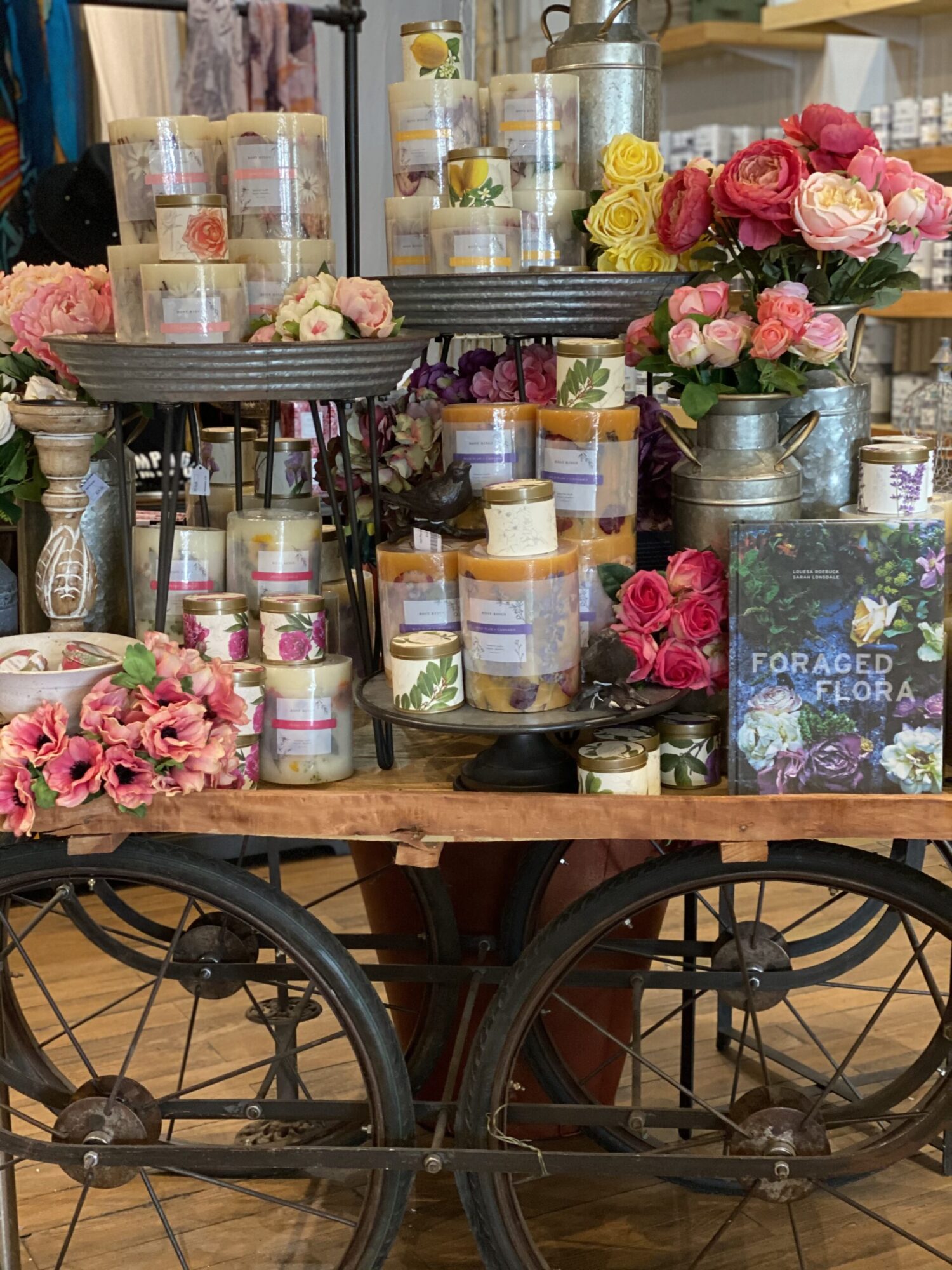
2. Change Up Your Displays
Changing your window displays regularly is a given, according to Sherrier, but your impact statement — what customers first see when they open the door — and other focal displays and endcaps should also change at least once a month.
“What happens is you have the same customer that comes in and shops with you constantly, and, after a while, they keep walking by and seeing that same statement, and it tells them this message that there’s nothing new,” Sherrier said. “Changing up your most focal spots increases the traffic and forces people to go out and investigate what else is new.”
The change should be a whole new turn, not solely injecting a few additional products. This, however, doesn’t mean using new merchandise for these focal areas. Sherrier said the “secret sauce” is reinventing what you already own. “Mix it up, make it feel new and make it fresh,” she said.
This extends your inventory and alleviates you needing to buy more.
3. Cross Merchandise
Even if your store is set up in a departmentalized way, look for opportunities to create cross-merchandising moments. Sherrier described Roger’s Gardens in Corona Del Mar, California, as a cross-merchandising success story with focal tables in front of each department.
“In front of [Roger’s Garden’s] pot department, for example, there will be this beautiful, layered display with gardeners’ hand creams, garden tools, the pots, the plants,” Sherrier said. “Some of the pots are pre-potted for them, so it’s grab-and-go. Some will have bags of soil not just stacked on top of each other. They’re in a basket; the soil is actually merchandised.
“You’re creating this lush, yummy statement that you get up to, and you don’t want just the shears or just this one pot. You end up buying a lot more because this display has been brought to you.”
Taking things a step further and creating quick, easy pick-up gifts is another great way to cross merchandise, maximize the inventory that you already have and encourage add-on sales.
“A lot of times during the holiday season, we’ll do candles and tie on the wick trimmer or a box of matches with a grosgrain ribbon and a sprig of something, and it makes it an easy pick-up gift,” Sherrier said. “You can sell them individually and paired up.”
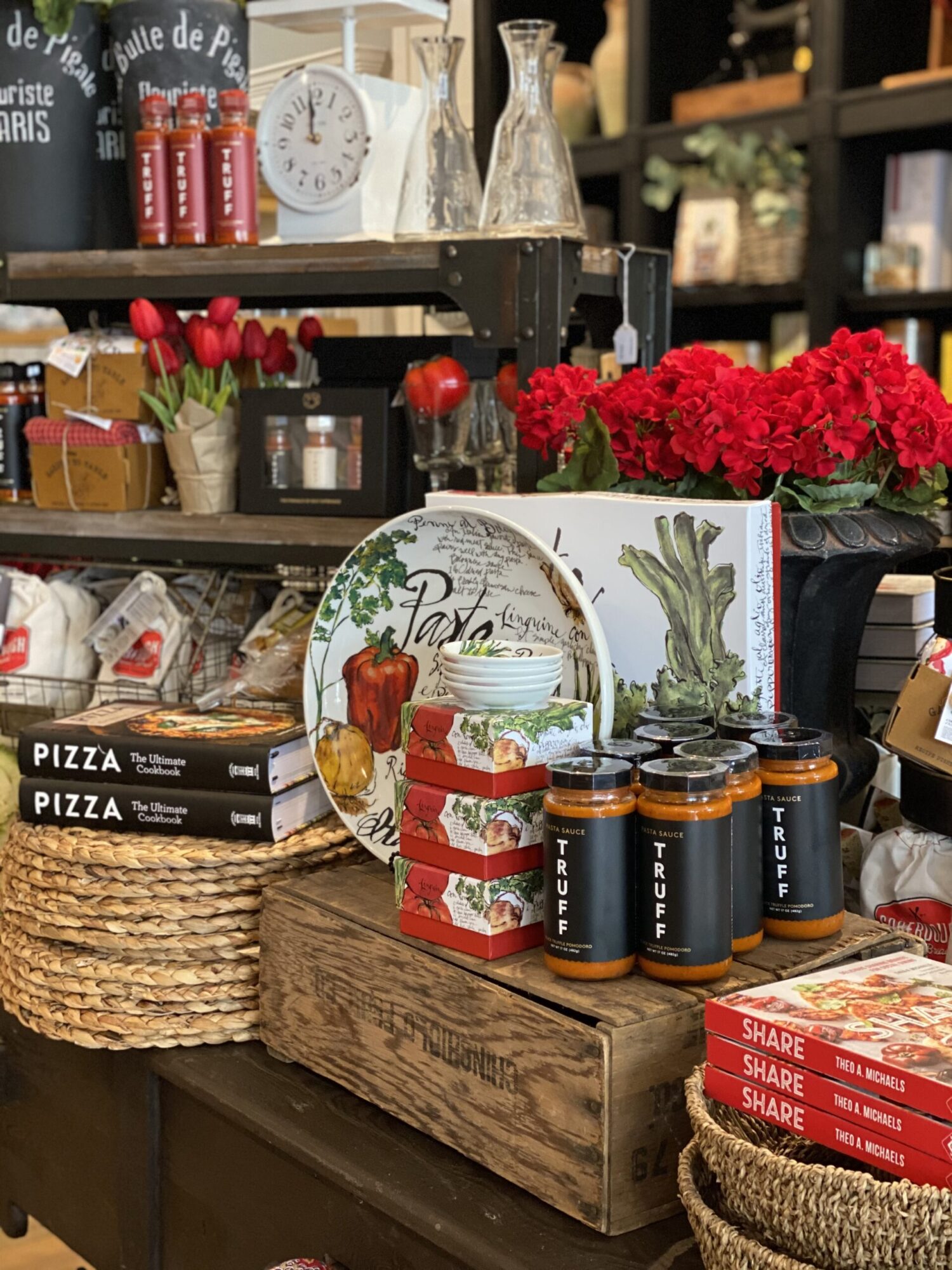
4. Shop 360 Degrees
Engaging displays need to have different heights. “I always say it starts with the architecture,” Sherrier said.
She described the layers of a successful display. First, create the highest point you’re going to have, and then work your way down to the second and third levels.
Sherrier prefers using products that the store sells for the height elements, whether showing it the way that it’s supposed to be or showing it as a riser. For example, take a large pot and flip it upside down to be one of your levels. The odds of selling that piece right out of the display are good.
Lastly, add in florals or contextualizers to fill in the negative space.
“You always want to be able to shop all the way around,” Sherrier said. “When you have these levels and you’re able to create these levels 360 degrees around, it creates so much shopping space, and it gives you an engaging space where each product is showcased.”
Be careful not to have too many items on one display, though. “Try to keep it at 10 to 12 SKUs or styles because when you start adding in too much, it becomes a garage sale,” Sherrier said. “It’s very easy to do with big tables and displays.”
5. Don’t Underestimate Color
Make sure to consider color when designing focal areas in your store. Sherrier often “colors out” a table or display; think all blue products or all red products. Combine candles with potted plants, containers, linens and more.
“There could be completely random things that have nothing to do with each other, but just collectively as one statement, the color is what sells,” she said. “That’s what inevitably ends up pulling people from one display to another.”
Pay attention to color trends, but not too much attention. Neutrals are having a moment, and Sherrier loves the calmness that sticking to one tone elicits, whether it be white or neutrals, but garden centers can make even this palette pop by adding florals and greens for a richer look.
“You’re always going to have people that love neutrals, but it seems like a lot of color tends to draw more customers than a very neutral palette,” Sherrier said. “I always look and see again the traffic and what people are attracted to, and it’s always stuff with bright color because it has that excitement to it that you tend to see people gravitate toward.”
Another color trend to keep your eye out for is vegetable tones. Sherrier saw a lot of deep dark oranges, forest-like greens and rich eggplant while at the winter markets this year.
For an enhanced reading experience, view this article in our digital edition.

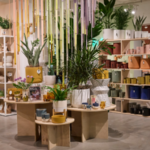
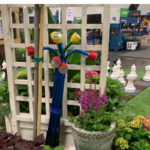
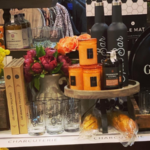
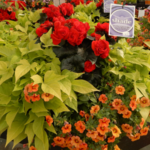

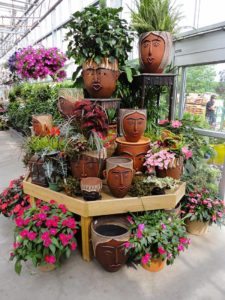
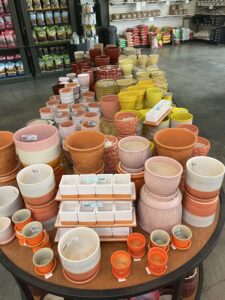
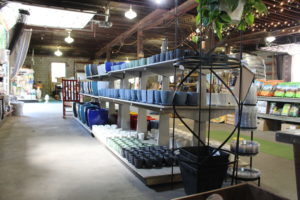
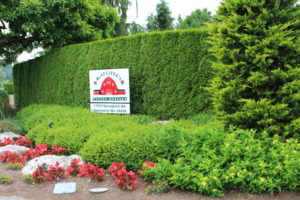


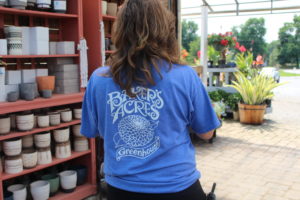


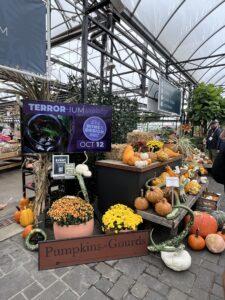
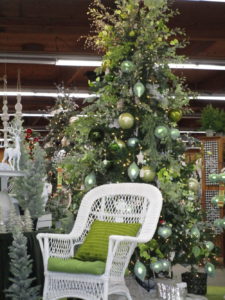
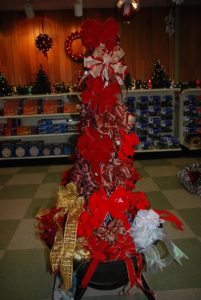
 Videos
Videos





